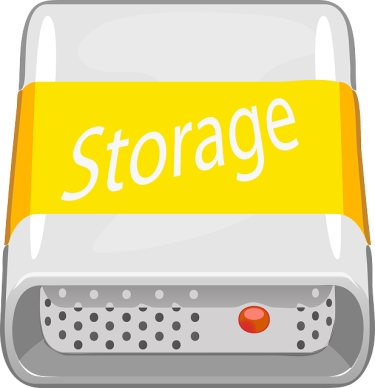One of the most significant ways to ensure your business or personal activities can continue after a malware infection, ransomware attack, or other incident, is to have reliable, up-to-date, and safe backups. Any data you don't back up is data you must be prepared to lose.
Storage manufacturer Seagate Technology has these reminders, on World Backup Day, regarding the fundamentals. Are you doing these?
1. AI increased demand for data storage and the importance of backups. Data is the fuel that drives AI because it allows businesses to render insights and value from previously untapped information – the data they already have. Data backups are not just an IT and security imperative. They are critical for business operations. With AI raising the stakes, companies must reevaluate where and how they store their data to ensure it is available when they need it and to minimize cost and energy consumption.
|
|
2. Sustainability of storage solutions is an increasingly important consideration for data backup. The International Energy Agency projects that data centres’ electricity consumption in 2026 will reach 1,000 terawatts, which is roughly Japan’s total electricity consumption today. New really dense solutions can help enterprises and data centres scale and drive down costs while keeping sustainability as a top priority. HAMR-enabled hard drives can improve areal density at more efficient power consumption levels.
3. Commit to refurbished and recycled drives. The Circular Drive Initiative, a partnership of global digital storage leaders, is helping to make data storage more sustainable by promoting circularity. This means refurbishing, repairing, reusing, and recycling to limit the e-waste entering the environment. As sustainability continues to be a top priority for organizations and key stakeholders, enterprise leaders should choose storage solutions that are part of the circular economy.
4. Amidst the AI boom and focus on sustainability, the 3-2-1 rule still applies. Most experts recommend a 3-2-1 backup rule, meaning keeping 3 versions of your data (the original and copies) on 2 different media with 1 copy offsite for disaster recovery. Organizations should choose cost-optimizing storage solutions to preserve their business data.
Image by Clker-Free-Vector-Images from Pixabay










































